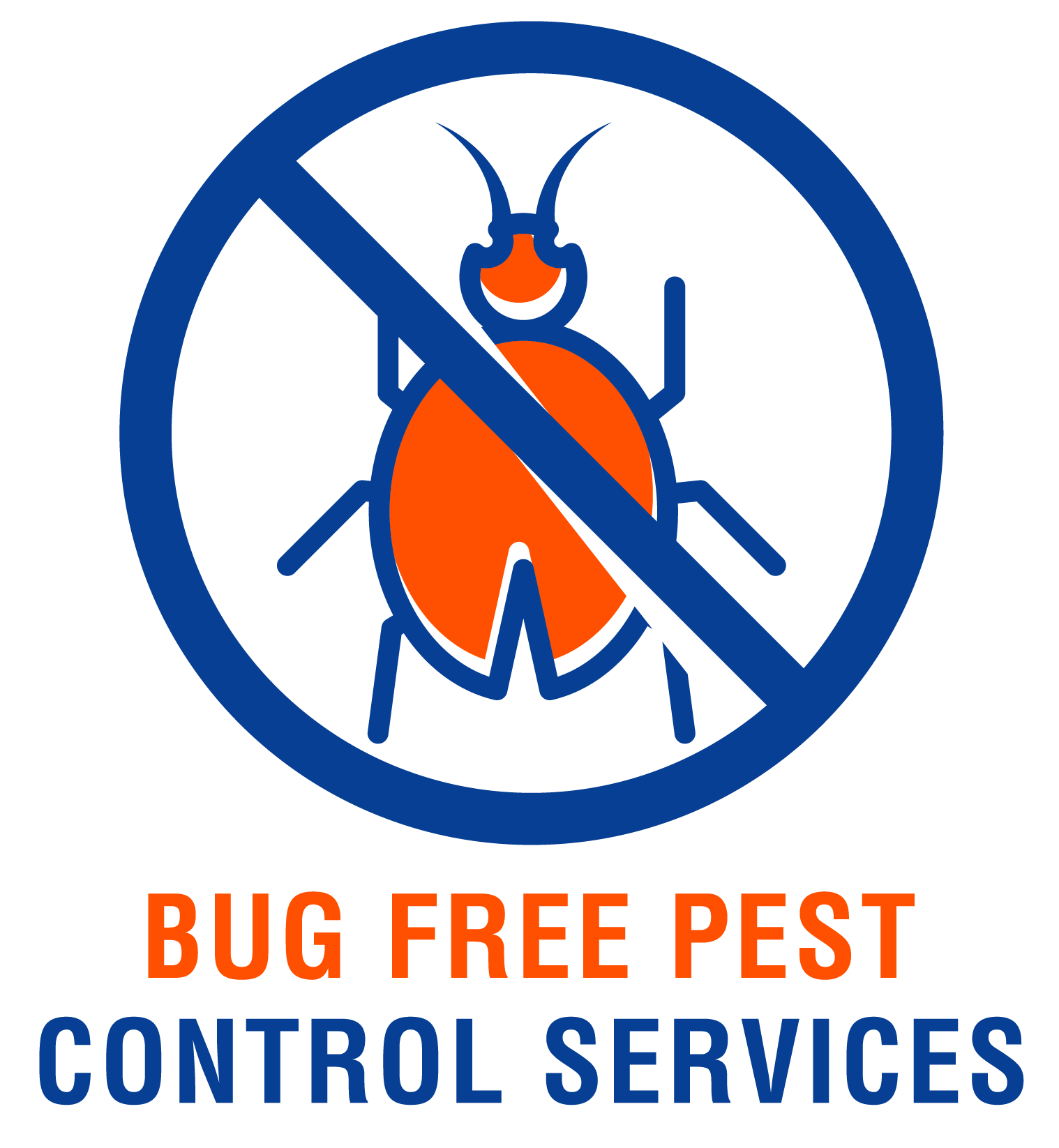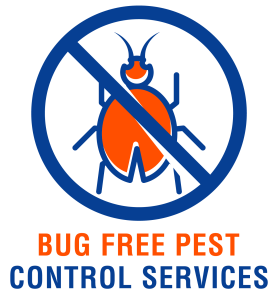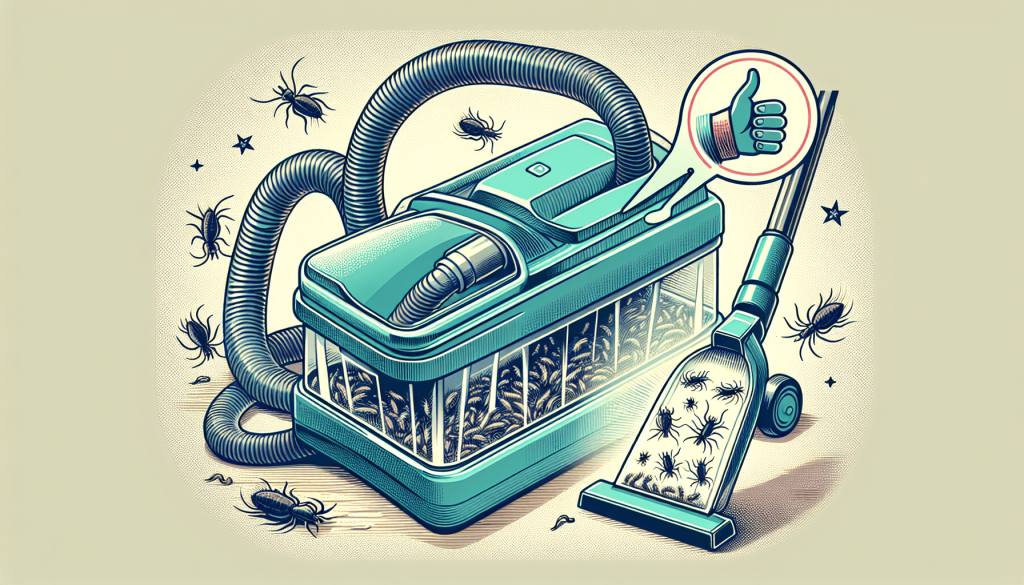Have you ever found yourself dealing with an unwelcome infestation of fleas in your house? These pesky little creatures can be a real nuisance, causing itchiness and discomfort for both you and your furry companions. But fear not, as there are several effective ways to eliminate fleas from your home. From thorough cleaning and vacuuming to using natural remedies and flea control products, this article will provide you with all the information you need to successfully eradicate these unwanted invaders from your living space. Say goodbye to fleas and hello to a flea-free home!
Identifying the Problem
Fleas can be a pesky problem in any home, causing discomfort for both you and your pets. Identifying the signs of a flea infestation is the first step towards getting rid of these unwanted pests. Look out for tiny, dark specks on your pet’s fur or bedding, as these could be flea feces. You may also notice your pet scratching excessively or developing red, itchy bumps on their skin. If you or your family members are experiencing unexplained bites, especially around the ankles, it could be a sign of flea activity. Take the time to thoroughly inspect your pet’s fur and bedding to determine if fleas are present.
Look for Signs of a Flea Infestation
When trying to determine if your home has a flea infestation, there are a few key signs to watch out for. Keep an eye out for fleas themselves, which are small, reddish-brown insects that are about 2-3mm in length. They are quick and agile, so you may spot them jumping or crawling on your pet or in the carpet. Another indication of a flea infestation is seeing flea dirt, which looks like small black specks on your pet’s fur or bedding. Remember that fleas can also be found in your furniture, carpets, and cracks in the floor, so it’s essential to thoroughly check your home for signs of these unwelcome guests.
Check Your Pets for Fleas
Since fleas are often brought into the home by your pets, it’s crucial to examine them closely. Start by checking their fur for any signs of fleas or flea dirt. Gently part their fur and look for tiny, fast-moving insects or small black specks. If you notice anything suspicious, it’s recommended to use a fine-toothed flea comb to comb through your pet’s fur. Pay extra attention to areas such as the neck, ears, tail, and belly, as fleas tend to hide in warm, protected areas. If you find fleas or flea dirt, it’s essential to take immediate action to prevent further infestation and discomfort for your furry family members.
Treating Your Pets
Consulting a veterinarian is an excellent first step in treating your pets for fleas. They will be able to recommend the most suitable treatment options based on your pet’s health, age, and breed. In some cases, a prescription flea medication may be necessary to effectively eliminate the infestation. Additionally, using a flea shampoo designed specifically for pets can help to kill and repel fleas. Make sure to follow the instructions carefully and thoroughly rinse your pet to remove any residual shampoo. Flea preventatives, such as topical treatments or oral medications, can also be highly effective in keeping fleas at bay and preventing future infestations.
Cleaning Your House
To eliminate fleas from your home, it’s crucial to focus on thorough cleaning and sanitation. Start by washing all bedding and linens in hot water to kill any fleas or eggs that may be present. Pay close attention to your pet’s bedding, as this is a common hiding spot for fleas. Vacuuming is another essential step in the process, as it helps to remove fleas, eggs, and larvae from carpets, rugs, and upholstery. Make sure to vacuum all areas thoroughly, including underneath furniture, along baseboards, and in cracks and crevices. Steam cleaning carpets and upholstery can also be beneficial, as the high temperatures effectively kill fleas and their eggs. Lastly, clean and treat hard floors with a pet-friendly cleaning solution to eliminate any remaining fleas or eggs.
Using Natural Remedies
If you prefer to use natural remedies to combat fleas, there are several options you can try. Diatomaceous Earth, a finely powdered substance made from fossilized remains of algae, is a popular natural flea treatment. Sprinkle it in areas where fleas are commonly found, such as carpets, pet bedding, and cracks in the floor. The abrasive texture of Diatomaceous Earth damages the fleas’ exoskeleton, leading to dehydration and death. Another natural remedy to consider is apple cider vinegar. Dilute it with water and spray it onto your pet’s fur, bedding, and furniture, as fleas dislike the strong scent of vinegar. Additionally, you can make a homemade flea spray by combining vinegar, water, and essential oils like lavender or peppermint. This natural spray can be used on your pet, as well as in your home, to repel fleas and keep them at bay.
Hiring Professional Pest Control
If you have tried various methods and still can’t seem to get rid of fleas in your home, it may be time to consider hiring professional pest control. Pest control experts have the knowledge and experience to effectively eliminate fleas and prevent future infestations. They will assess the severity of the problem and develop a customized treatment plan tailored to your specific situation. Professional pest control may involve the use of specialized chemicals or heat treatments to eradicate fleas from your home. It’s crucial to do your research and choose a reputable pest control company that uses safe and environmentally friendly methods.
Preventing Future Infestations
Taking preventive measures is key to avoiding future flea infestations in your home. Regularly cleaning and vacuuming your home helps to remove any potential flea eggs or larvae before they have a chance to develop. Wash your pet’s bedding and linens regularly to prevent flea eggs from hatching and infesting your home. Additionally, treating your pets for fleas year-round with preventative medications is essential in maintaining a flea-free environment. Consult with your veterinarian to determine the most suitable flea prevention products for your pets. Lastly, keep a watchful eye on outdoor areas where fleas may thrive. Mow your lawn regularly, remove excess vegetation, and consider using beneficial nematodes, microscopic worms that prey on flea larvae, to control fleas in your yard.
Dealing with Fleas in the Yard
Fleas can also pose a problem in your yard, especially if you have outdoor pets. To tackle fleas in your yard, start by regularly mowing the lawn and keeping the grass short. Fleas thrive in tall grass, so keeping it well-trimmed makes your yard less hospitable for them. Additionally, remove any excess vegetation, including leaves, brush, and debris, as these can provide hiding places for fleas. If you’re facing a severe infestation, consider using beneficial nematodes. These microscopic worms prey on flea larvae and can be applied to your yard to reduce flea populations naturally. Following these steps will help create a less favorable environment for fleas, making your yard a safer place for both you and your pets.
Using Flea Traps
Flea traps can be an effective tool in reducing flea populations in your home. These traps work by luring fleas with a light source and trapping them in a sticky pad or a plate of soapy water. To set up a flea trap, place it in areas where fleas are commonly found, such as near your pet’s bedding, furniture, or areas with high flea activity. Lighted candles placed in plates of soapy water can also attract and drown fleas. Although flea traps won’t completely eliminate the infestation, they can help to reduce the number of adult fleas. Combine the use of flea traps with other flea control methods for the best results.
Taking Precautions
When dealing with fleas, it’s essential to exercise caution when using flea bombs or foggers. These products release pesticides into the air and should be used with care. Before using any flea bomb or fogger, carefully read and follow the instructions provided. Make sure to evacuate all humans and pets from the area being treated and cover or remove any exposed food, dishes, and utensils. After treatment, ensure thorough ventilation of the area before re-entering. It’s crucial to prioritize the safety of yourself and your pets when using these products.
Follow Instructions and Safety Measures
Whether you are using chemical treatments, natural remedies, or professional pest control services, it’s crucial to carefully follow all instructions and safety measures. Read and understand product labels, including any warnings or precautions, before use. When using chemicals, ensure proper ventilation and avoid direct contact with the skin or eyes. Some flea treatments require multiple applications or follow-up treatments, so be sure to follow the recommended schedule for optimal results. If you have any concerns or questions, don’t hesitate to reach out to a professional or consult with your veterinarian.
Protect Yourself and Your Pets
While treating your home for fleas, it’s crucial to take steps to protect yourself and your pets from potential harm. Wear protective clothing, such as gloves and long sleeves, when applying flea treatments or handling flea-infested items. Wash your hands thoroughly after any contact with flea products. Keep your pets away from treated areas until they are completely dry and safe for your furry friends. If you have any concerns about the health or well-being of your pets during the flea treatment process, consult with your veterinarian for guidance and support.
Seeking Professional Help
If your efforts to eliminate fleas from your home have been unsuccessful, it may be time to seek professional help. Contacting a pest control company that specializes in flea infestations can provide you with expert guidance and effective solutions. These professionals have the knowledge and experience to identify the source of the infestation, treat your home and pets accordingly, and help prevent future flea problems. Consider reaching out to a reputable pest control company to discuss your situation and explore the options available to you.
Consider Fumigation
In severe cases of flea infestations, fumigation may be necessary to completely eradicate the problem. Fumigation involves sealing off your home and releasing a gas or vapor pesticide into the space, penetrating hard-to-reach areas and eliminating fleas at all stages of their life cycle. This intensive treatment is typically recommended when other methods have failed or when the infestation is severe. Fumigation should only be carried out by professional pest control experts who are trained in handling and administering these treatments safely. Before making the decision to proceed with fumigation, thoroughly discuss its pros and cons with a trusted pest control professional.


